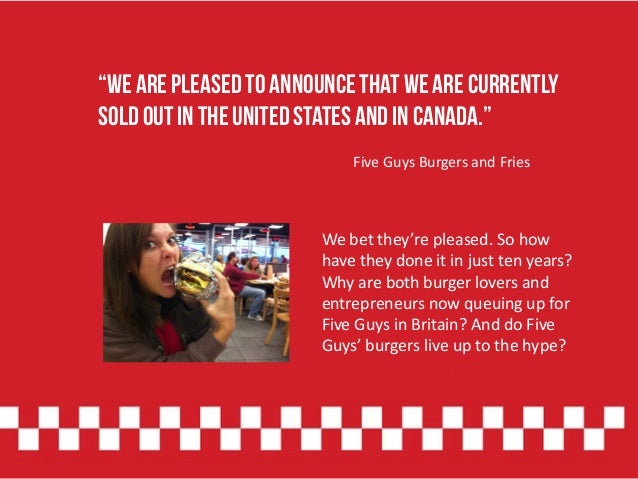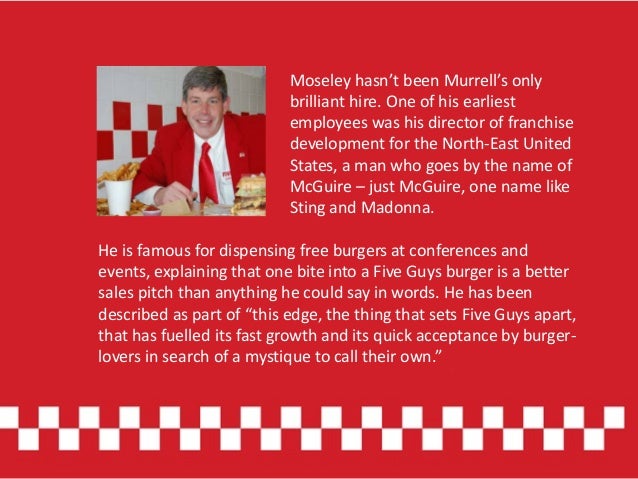- How To Create A Cult Following For Your Business Name
- How To Create A Cult Following For Your Business Needs
- How To Create A Cult Following For Your Business Entity
- How To Create A Cult Following For Your Business Organization
Imagine a marketing strategy where your biggest supporters, your happy customers, and your loyal fans did all of the promoting for you. Where you could simply let other people rave about how great your products & services are.
Sounds great doesn’t it? My guess is that you already have a number of people who love what you do. Why not make it super easy for them to spread the word for you?
How? Create a promo page.
How To Create A Cult Following For Your Business Name
Supreme is one of the most recognized streetwear brands out there right now, and for good reason. Every product they put on sale gets sold out in minutes. Read this growth study if you want to learn how you can apply their marketing tactics to your business and increase your sales.
- A promotional page is a one-stop, easy to access, easy to use, handy place on your website with everything a person would need to share your business with others. The idea is to make is easy for customers, fans, family members, friends, collaborators, supporters, influencers, affiliates, bloggers, complementary biz owners, or any other awesome.
- The Raspberry Pi is a tiny and affordable computer that you can use to learn programming through fun, practical projects. Join the global Raspberry Pi community.
- Glossier is a back-to-basics, digitally native beauty brand that has built a cult following, particularly among millennials. With a narrow product range of about 40 SKUs primarily focused on.
- Take control of your own 1970s cult - build and expand your base, manage your resources and make as much money out of your loyal followers as possible. Every great cult needs great interior design. Place, design and decorate rooms to keep your cultists happy.
A promotional page is a one-stop, easy to access, easy to use, handy place on your website with everything a person would need to share your business with others. The idea is to make is easy for customers, fans, family members, friends, collaborators, supporters, influencers, affiliates, bloggers, complementary biz owners, or any other awesome people you know to spread the word about your biz.
A promo page is a very flexible and useful tool: you can use it to promote one product or service that you are launching, you can use it to promote your business as a whole, you can use it to assist your official affiliate or referral partners, you can even use it to spread the word about a cause or whatever mission you are on.
So, what can you add to your promo page? Basically, anything that would make it easy for others to share what you do.
For example:
- A button or badge that people could add to their own website
- Shareable, pinnable images along with the pin it button
- An infographic that people could pin, tweet, share or add to a blog post
- Links to any relevant, shareable images you have on your Facebook page
- Click to tweet phrases & links
- Swipe copy that can easily be copied into Facebook, a blog post, or email
- Branded product photos, ready to be blogged, shared, or pinned
- A manifesto, worksheet, or printable that your fans would love to rave about
- Your profile photo & logo so that it is handy for people who need it
- Information & links on how to join your affiliate program or do a product review
You know how super fans of rock stars or movie starts give themselves a name?
Justin Bieber fans are called beliebers, Lady Gaga’s fans are called little monsters… you can do the same thing. Let your fans be super fans!
Give them a name. Make them feel valued and special. Let them be part of the cause or the mission that got you started with your biz in the first place. Give them something they can get passionate about. Support them, make it easy for them to spread the word, and thank them when they do.
How To Create A Cult Following For Your Business Needs
Karen Gunton
Latest posts by Karen Gunton (see all)
- How to Create Branded Buttons and Banners for Your Business - October 16, 2013
- How to Create an Infographic for Your Business - June 30, 2013
- What Happens to Your Brand When Your Business Evolves? - May 22, 2013
Most people know thephrase, “Don’t drink the Kool-Aid,” but not many people know where it originatesfrom. On November 18 1978, Jim Jones, the founder and leader of the People’s Temple cult,convinced his followers that the end of the world was upon them and 909 men,women and children committed mass suicide by drinking cyanide mixed with KoolAid — hence the metaphorical advice not to drink it! Over the years there havebeen other evil cults like the Branch Davidians, The Manson Family, TwelveTribes and Heaven’s Gate, which have made the news for all the wrong reasons.
A lot of people areunderstandably uncomfortable with the word cult. However, as Jim Collinsfound in his research for his 1994 book Built to Last, “Architects ofvisionary companies don’t just trust in good intentions or values statements; they build cult-likecultures around their core ideologies.”
In this article I’mgoing to outline the thirteen steps a company needs to take to create acult-like culture, but before I do, we need to explore why a company would wantto do that given how evil and exploitative many cults are.
There’s a hugedifference between creating a cult and building a cult-like culture.
The good news is, it’s pretty muchimpossible for a business to become a full-blown cult. Firstly, a proper cult —the evil, exploitative type — relies on manipulative brainwashing techniques, whichrestricts or ideally eliminates its members of their individuality and capacityfor independent thought.
Aside from the factthat brainwashing is completely unethical, in order to deal with theincreasingly volatile and uncertain business environment nowadays, leaders needtheir people to be able to think independently and come up with their own ideasand solutions to problems. Eliminating a team member’s capability forindependent thought would not only be inhumane; in purely business terms (ifthere is such a thing), it would also be counterproductive and would go a longway to destroying the company.
Cults also, for themost part, “sell” self-improvement and salvation, which businesses don’t — evenin companies that aim to create products and services that decidedly improvepeople’s lives. A key differentiator between companies and cults is that cultsdo not invite any kind of questioning or critical thought around what they’redoing, whilst companies — especially those dedicated to growth — are oftenabsolutely focused on proactively seeking customer or client feedback on theirproducts, services and marketing.
However, even thoughcults and companies have a series of opposing goals, there is one key areawhere they overlap: they both strive to foster incredible commitment, loyaltyor dedication from their followers. In a business, this means both customers andemployees.
A company can legitimatelyand ethically develop a cult-like commitment from its employees, and the verybest companies do. Jim Collins states in the aforementioned Built toLast that a key step in creating a cult-like environment is theconstruction of a unique language around what you do. Next Jump, profiled inthis blog post, does a great job of that, as has Disney.
“Walt Disney,” writesJim Collins, “created an internal language to reinforce his company's ideology.Disneyland employees are ‘cast members.’ Customers are ‘guests.’ Jobs are ‘parts'in a ‘performance.’ Disney required — as the company still does to this day — thatall new employees go through a ‘Disney Traditions’ orientation course, in whichthey learn the company's business is to make people happy.”
Disney, of course,isn’t alone: other extremely successful companies have also managed to build acult-like following from their employees and customers. Companies like Apple,Tesla, Zappos, Southwest Airlines, Nordstrom and Harley Davidson spring tomind. If you look below the surface you will find that most of the techniques usedby hardcore cults to enlist an unwaveringly loyal membership are also to someextent in operation in these businesses — although for a differentpurpose.
Adobe cc 2018 mac crack reddit. Here are the 13 steps tobuilding a cult-like company culture:
1. Surface and define the company’s core values andcombine them with one or more of the following: mission, vision, principlesand/or purpose
2. Deliberately embed the culture into thecompany — into policies, processes and procedure, as well as across allfunctions
3. Agree on the behaviours that you and yourteam expect from one another
4. Develop a purpose beyond the commercialrationale of the company
5. Create myths, stories and legends, usingsymbols and habits to reinforce the company culture
6. Create an environment that celebratesachievement, results and living the culture
7. Create a sense of camaraderie, communityand most importantly belonging
8. Remove inhibitions and allow your peopleto express — and be — themselves
9. Build a unique group identity and create asense of exclusivity within your team
10. Position your people and the company asdifferent from the rest
11. Develop an internal company-specific languagefor what you do
How To Create A Cult Following For Your Business Entity
12. Codify mutual dependence, mutualresponsibility and create a shared sense of obligation


How To Create A Cult Following For Your Business Organization
13. Create anenvironment where your people can work efficiently, self-actualise, make adifference and fulfil their potential.
If you succeed inbuilding a cult-like culture similar to the way that Apple, Tesla, Zappos,Southwest Airlines, Nordstrom and Harley Davidson have, you will experienceloyalty, dedication and commitment from your employees (and customers) that isway beyond the norm.
And maybe, in thoseinstances, it’s actually a pretty good idea to drink the Kool-Aid, after all.
